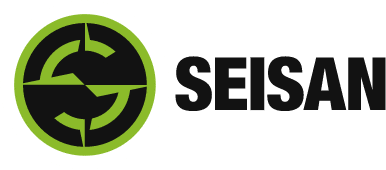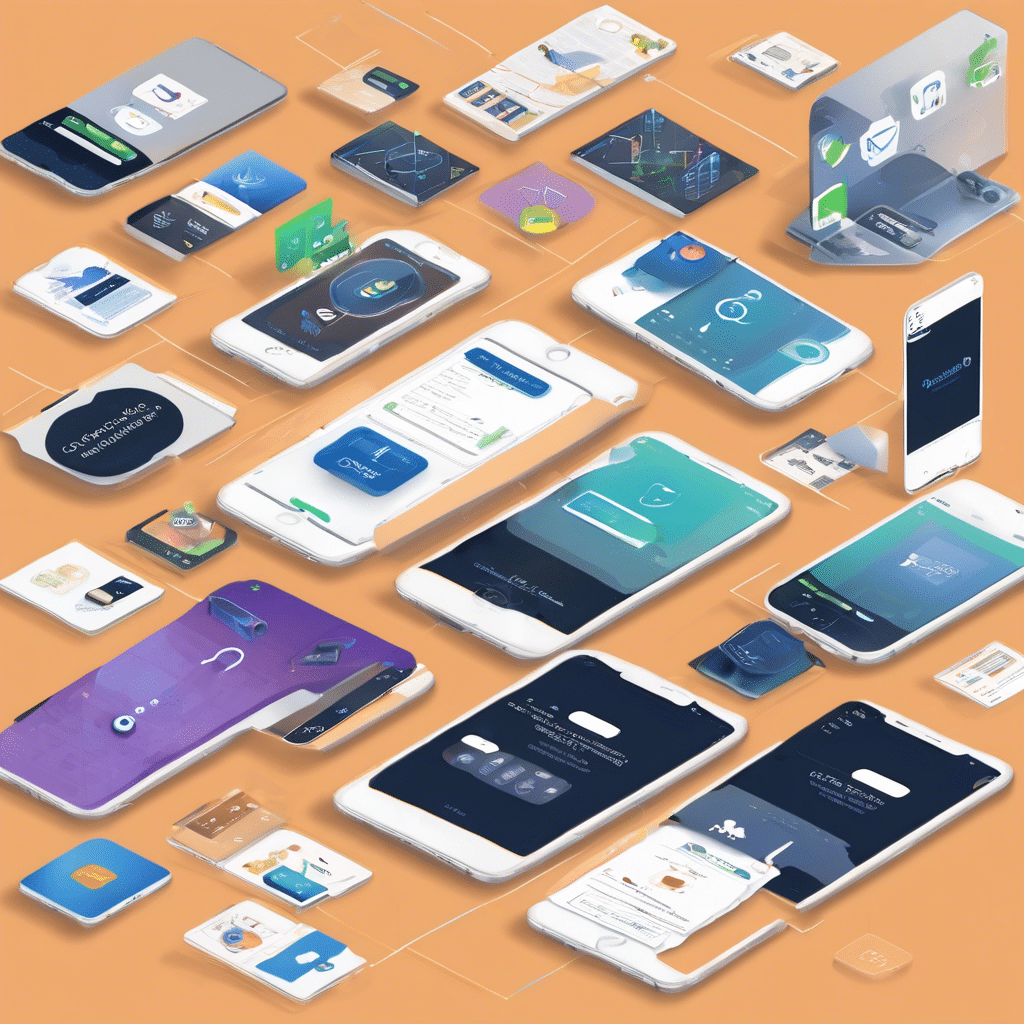User Experience (UX) design involves creating products that provide meaningful experiences for consumers. This includes branding, design, usability, and function across the entire purchase and integration process. More than form, UX design spotlight users’ overall experience—from the moment they are introduced to your brand up to usage or consumption.
You can boost customer retention and loyalty by designing products as simple and practical for consumers to use. For instance, your UX design can make the difference whether your visitors and clients dwell in your site or bounce right out of it. It also sets the pace for your marketing funnel to promote conversion and maintain repeat orders.
Let’s take a closer look at how you can harness the power of your UX design through effective strategies and best practices.
Developing effective UX Design
Good UX is simply a user experience that meets consumers’ needs most seamlessly and entertainingly possible. Here are four qualities that all successful user experiences have in common:
- UX Must be User-Centric: The basic concept of UX design is that the user comes first. You are conceptualizing, creating, and continually improving with their needs and satisfaction in mind.
- Simplicity, Authority, and Stability: Your product needs to be simple and easy to use to draw in more traffic which establishes you as an authority in your market. To maintain a top-of-mind standing, you need to deliver excellent experiences consistently.
- Function Should Come Over Form: Designs need to be more than appealing. The function of your product must convert customers and encourage brand advocates to promote your product to their friends and family.
- Accessibility for Consumers: Innovation, although commendable, still needs to work within the limits of what’s acceptable to your consumers.
Once you’ve mastered these guiding principles, you’ll have a better idea of making effective UX design. Keep these qualities in mind as you develop your UX-design with these five steps:
1. UX-Centric Research and Review
Before any ideas are drafted, significant user experience research is carried out to determine what users want. You will need to thoroughly understand who you are marketing to, what problems or challenges they are facing, and what solutions you have to offer.
The historical review of your product or service comes in handy, so you prevent repeating mistakes and continuously improve your product’s UX.
2. Developing Product Prototypes and Wireframe
In addition to specifying how users will move from one feature or element to the next, a designer creates a prototype and wireframe of your product.
Wireframing is a structural design strategy for websites commonly used to lay out content and functionality on a page while considering user needs and journeys.
Prototyping means you will create a Minimal Viable Product (MVP) or an initial sample of your product, which allows your testers to try your product and offer feedback.
3. Undergoing Multiple Testing
Multiple testing is necessary for a UX design process flow since it reveals product flaws, navigability issues, and even security threats that may limit user satisfaction. It helps you to resolve concerns before the launch.
4. Initiating a Product Launch
Integrating prototyping, wireframing, and testing into your product development process helps you gather valuable user feedback before committing time and money to the final product. Once you’re satisfied with its current build, you can then perform a product launch.
It is common to introduce a product in phases to allow your UX team to gather more user feedback. They can use statistics before rolling out the new design for public usage.
5. Maintaining Continous Iteration
More testing occurs after the product is introduced for public use. This is why your design team should continue to make updates and upgrades as needed during the iteration stage. It’s a necessary routine to keep a close eye on the impact of these updates on the overall product experience.
Conclusion
Good user experiences are built with the consumer’s consumption or usage in mind. While it may seem simple, it involves integral steps like acquiring, owning, and even troubleshooting the product.
This is the essence of UX design; therefore, designers should focus on making useful, pleasurable, efficient, and fun things. A good user experience fits the demands of a given user in the setting in which they use the product.
At Seisan Consulting, LLC., we offer advanced proven UX/UI services you can trust, to help you optimize your business potential, investments, and creative ideas for superior digital solutions for any problem or budget.




